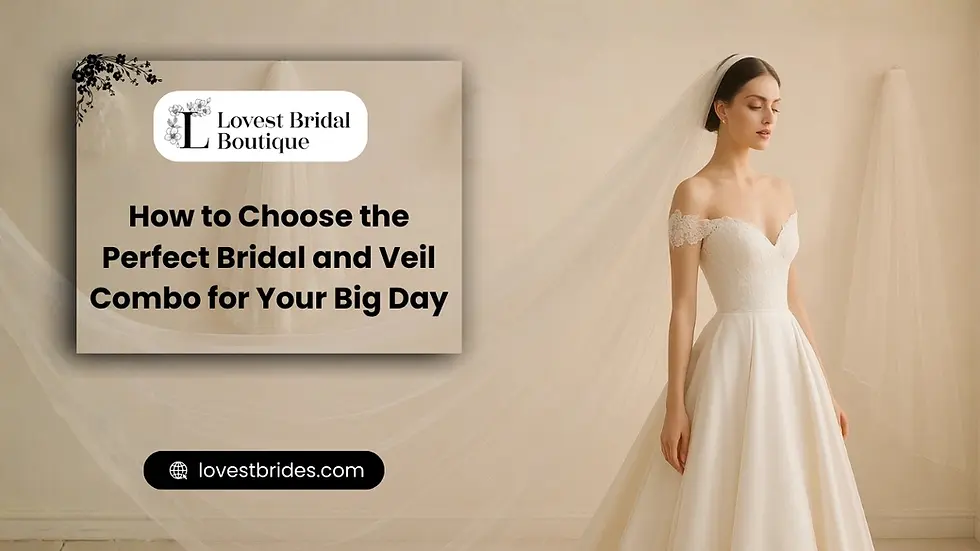Macro vs. Micro Weddings: Key Differences, Benefits & Planning Tips
- Yahe Wang

- May 1
- 4 min read

When planning a wedding, one of the most significant decisions a couple must make is the scale of the celebration. This choice sets the tone, the budget, and even the experience of the big day. Two contrasting styles—macro weddings and micro weddings—represent the full spectrum of modern nuptial events. Each has its distinct characteristics, benefits, and planning challenges.
What is a Macro Wedding?
A macro wedding typically refers to a large-scale event, often including 100 or more guests. These weddings are grand, often hosted in sizeable venues such as ballrooms, banquet halls, or luxury resorts. The atmosphere is usually festive, energetic, and designed to accommodate extended family, friends, colleagues, and community members.
Key Features of Macro Weddings
Guest List: Often includes 100 to 300+ guests, allowing for the inclusion of distant relatives, co-workers, and social circles.
Venue: Large venues capable of hosting many people, often requiring months or even years of booking.
Budget: Generally higher, covering lavish décor, full-course catering, premium entertainment, and extensive event coordination.
Event Structure: Typically includes multiple segments—ceremony, cocktail hour, reception, and after-party.
Formality Level: More formal, with black-tie attire often expected.
Vendors: Requires coordination among multiple vendors—photographers, videographers, florists, entertainment, planners, caterers, and transportation services.
Comparing the Guest Experience
Macro weddings offer guests the chance to be part of a grand celebration, with elaborate entertainment, formal dinners, and a full social experience. However, the personal interaction with the couple may be minimal, as time and attention are spread thin.
In contrast, micro weddings allow for meaningful conversations, deep connections, and shared experiences with the couple. Guests often leave feeling more appreciated and emotionally connected, thanks to the intimate setting. See real brides and grooms.
Budget Considerations: Cost Efficiency vs. Exclusivity
While macro weddings often require a six-figure budget, they can benefit from bulk pricing on meals, décor, and accommodations. However, the per-guest cost can still be high due to scale and complexity.
Micro weddings, on the other hand, offer the chance to spend more per guest, enabling gourmet catering, luxurious settings, and curated gift experiences, all while keeping the overall expenditure lower. This makes them ideal for couples who value quality over quantity.
Customization and Creative Freedom
Macro weddings typically follow a traditional structure due to the logistics involved in managing large crowds. Customizations are often possible but may be limited by time and practicality.
Micro weddings empower creativity. With fewer guests and less pressure, couples can personalize everything—from the vows and seating arrangements to custom menus and DIY décor. The freedom in format also allows for non-traditional ceremony times, such as sunrise or sunset, and unique venues like art galleries or forest clearings.
Planning and Logistics
Organizing a macro wedding is akin to managing a large event or conference. It often requires professional planners, coordination teams, and months of detailed preparation. There's less room for spontaneity, and contingency plans are a must.
Planning a micro wedding, however, is generally simpler and quicker. The reduced guest list means fewer logistics, more manageable RSVPs, and the flexibility to change details even close to the wedding date. For couples who value low stress and high intimacy, this can be a significant advantage. If you want expert help with your big day, feel free to contact us
Social Dynamics and Emotional Atmosphere
In a macro wedding, the bride and groom are often the centerpieces of a spectacle. The atmosphere is celebratory, but also hectic and emotionally diluted due to the crowd size.
Conversely, micro weddings are deeply emotional. The intimacy fosters heartfelt moments, tearful toasts, and genuine interactions. For couples who value authenticity and closeness, this style offers a more meaningful experience.
Ideal Couples for Each Wedding Style
Macro Weddings: Best for couples with large families, wide social circles, or those who envision their wedding as a community celebration.
Micro Weddings: Suited for couples who prefer quality time with loved ones, minimalist aesthetics, or want a more private, low-stress experience.
Environmental and Ethical Impact
Macro weddings, due to their size, tend to have a larger environmental footprint—from food waste and travel emissions to décor and energy usage.
Micro weddings align more closely with sustainable and ethical practices. Couples often opt for local vendors, eco-conscious materials, and reduced travel, making them a greener alternative.
COVID-19 and the Rise of Micro Weddings
The pandemic drastically reshaped the wedding landscape. Micro weddings became the new normal, offering a safe, scalable solution in uncertain times. Many couples discovered that smaller weddings led to richer emotional experiences without sacrificing beauty or significance. Even as restrictions eased, this trend continued, suggesting a lasting shift in how society views weddings.
Conclusion: Choosing the Right Wedding Style
The choice between a macro and micro wedding hinges on a couple’s vision, priorities, and budget. While macro weddings celebrate scale and tradition, micro weddings champion intimacy and meaning. There is no right or wrong choice—only what aligns with a couple's values and dreams for their special day.
Whether you're drawn to the glamour of a grand ballroom or the quiet beauty of a candlelit dinner with your closest friends, your wedding should be a true reflection of your love story. Start your wedding journey with us.



